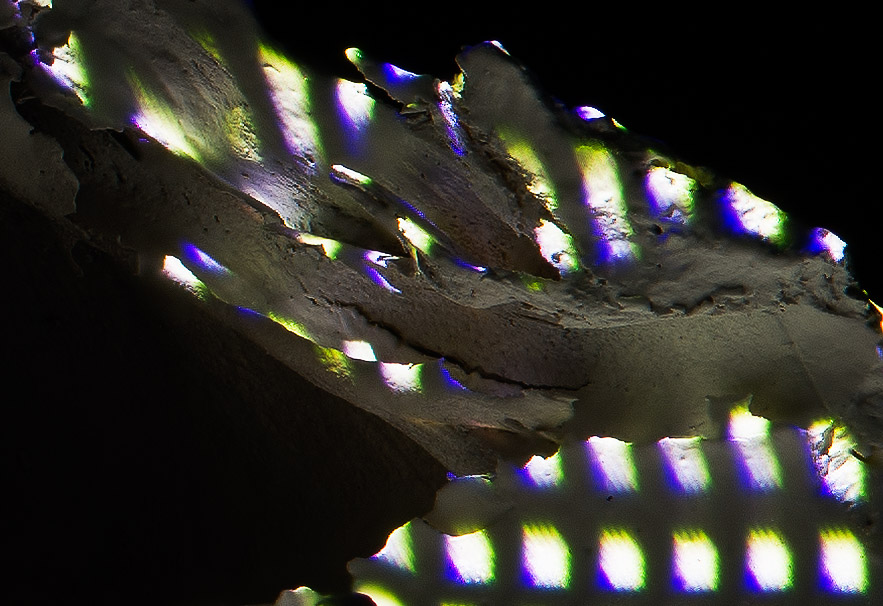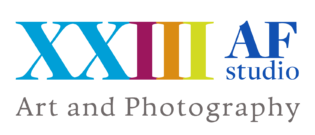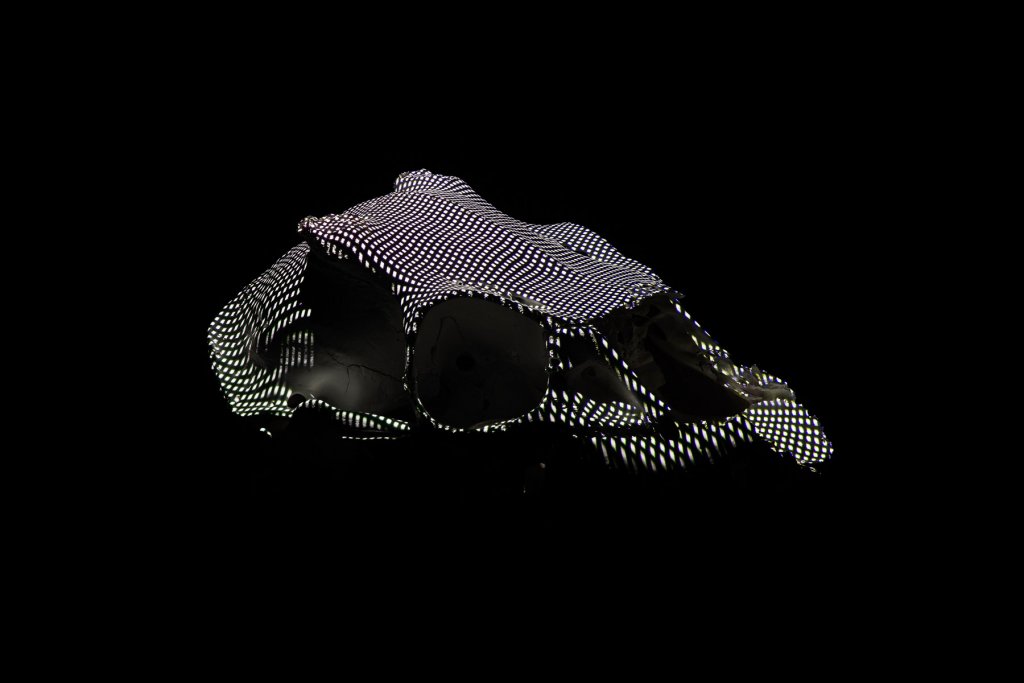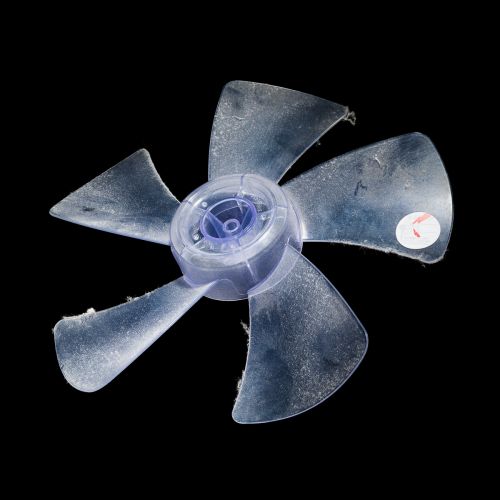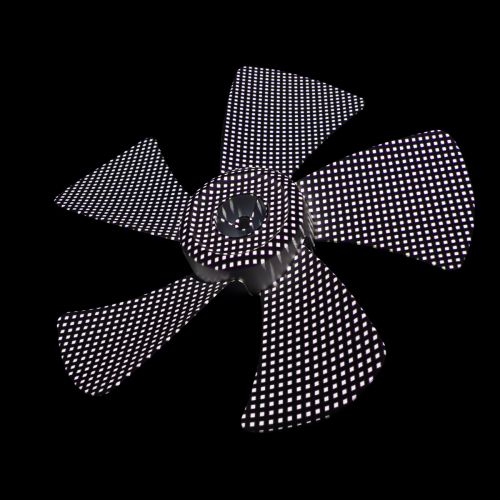By projecting a grid onto white-painted objects, they are distilled to pure surface without colour, texture or transparency—Developing vision needs a simplified reality to see. However, even though human vision has no problem guessing or instantly knowing what each object is, computer vision might be even less certain of what the objects are.
Because artificial intelligence (AI) is made to simulate elements of human cognition, it will also be infused with our discrimination. But what kinds of discrimination, or heuristics are useful? Which are harmful? We wish to create machines that will assist us with complex tasks, but how should we make these systems see the world when we, humans, cannot see the world in a unified way?
In this series of photographs, each print contains one object organized by a letter of the English alphabet. Like a picture book for children, these photos contain information vital to our civilization that we can teach to the emergent artificial intelligence systems. But as we teach a computer system to be intelligent, there are inherent obstacles and ambiguity in deciphering meaning from experience.
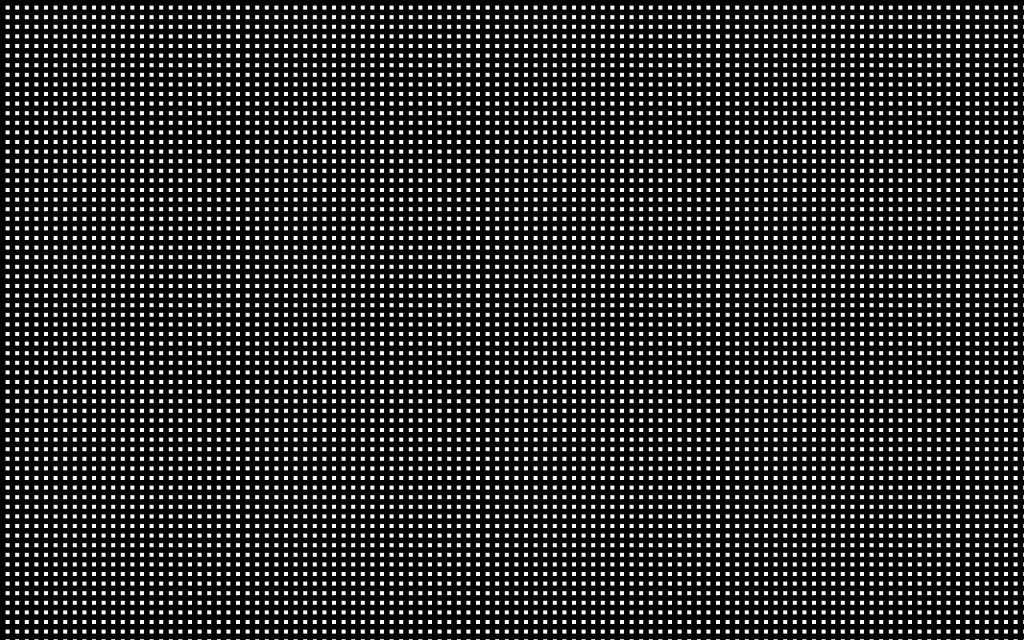
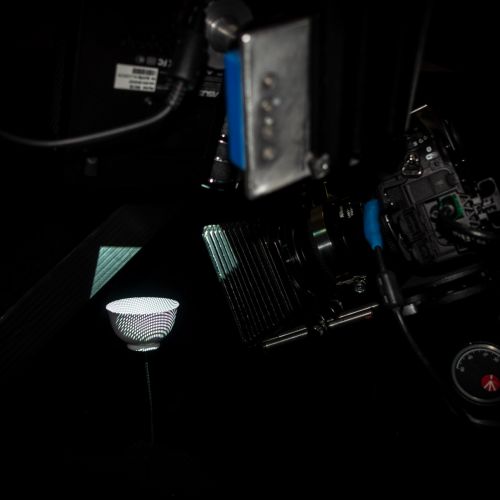
The Prototype grid projection creates a hyper-real standard view.
First the objects are painted matte white and balanced on a black wire armature, before having a flat grid projected onto them. Because each object is supported on a hidden wire and far from any other surface, the only reflections in the photograph come from the object itself. This, along with a totally dark studio, increases the blackness of the shadows until they blend with the background. Because of the distortion in the grid and the self-reflections in the object, the photograph reveals dimension through the illusion of perspective without the common clues a photograph can give us, for example a sense of place.
Finally, something not easily visible on this website but important for making large prints—It’s necessary to increase the depth of field, to remove any out-of-focus areas of the image known as bokeh, by focus stacking multiple images shot at varying focus planes. Otherwise the photographs are made using techniques available since analogue times. So digital retouching is kept to a bare minimum, to what would be easily achievable in a black and white darkroom.
Choosing objects to photograph follows formal conceptual and practical guidelines.
- The objects can be easily held in the hand and be paintable.
- The shape expresses something about physical function of the object (it’s interesting to look at).
- The object, unless it has an extremely photogenic shape, has a fundamental value in civilization, in other words, it’s worth teaching a machine about it.
Guideline number three has the greatest weight in choosing objects, since many of these objects carry a symbolic payload. The clothing iron references domestic life but do we attach to a feminine role? And tools like the saw, are they more masculine in contrast to the iron?
Then there are tools like the hammer, a tool along with the hatchet that’s older than humanity. And the sickle is a tool that marks the beginning of urban civilization. The hammer and sickle have been used in political symbolism because they are such powerful symbols. But the hammer in that case, is not only a symbol of oppression, depending on who you ask, it’s also the tool that we remember tearing down the Berlin Wall.
After tools, there are other categories like animals and plants. Because these are studio photographs, the natural beauty of the still-life is one of the focus points of this series.
All together, this entire group of objects form a picture dictionary that gives us a simplified, sculptural perspective using simple but carefully executed photographic techniques.
Our human vision can easily recognize the objects even without colour, black and white photography has only tone and contrast to communicate form and create meaning. The white-painted objects are reduced the their basic elements so each photograph can be an imperfect study of form. But the use of the object carries another level of meaning.
